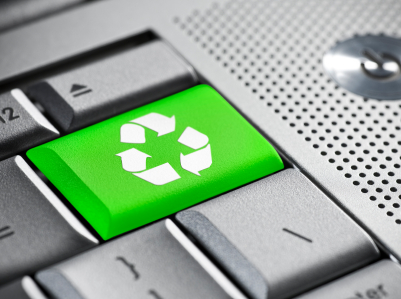

What is green computing? Most of our tips and tricks will fall into one of the following categories:
1. Purchasing new hardware that is energy efficient to operate and/or manufactured responsibly.
2. Extending the useful lifespan of your existing hardware.
3. Recycling and responsibly disposing of equipment that has reached its end of life.
4. Reducing your computer’s power consumption.
5. Making your time at the keyboard efficient, productive, and low-stress.
The last point is, I believe, the most overlooked aspect of green computing. If you buy a state-of-the-art Energy Star computer, but your time in front of it is a living hell, is that really “green”? Virus infections, crashes, lost data, and buggy software all cause stress, which I believe is a much overlooked toxin in our daily lives. Arguably, spending the morning pulling out your hair trying to recover your lost files is just as bad for your health as eating fast food or smoking a pack of cigarettes.
The Human / Computer Relationship
My journey into the world of computers began as a small child. They have always been one of my greatest interests. But as interesting as computers are on their own, it is the human/computer relationship that truly fascinates me. What makes a computer a useful tool for one person but a source of frustration for another?
My notion of green computing matured about five years ago, when I received an ancient, underpowered laptop as a free gift. Since I was on a tight budget at the time, I had to make do. Through research and trial and error, I learned strategies for extending the lifespan of old computers. I still use that computer today (though it is not my only computer any more).
So that’s my introduction… stay tuned for our next column, where I’ll share a low-tech but effective trick for making your computer run more efficiently.
Matthew Edward Liston is a writer, editor, musician, and green computing consultant located in the rural hill towns of New York.




[…] Welcome! […]
Comments are closed.